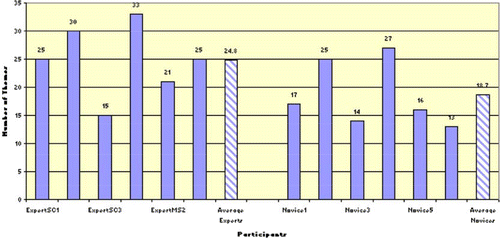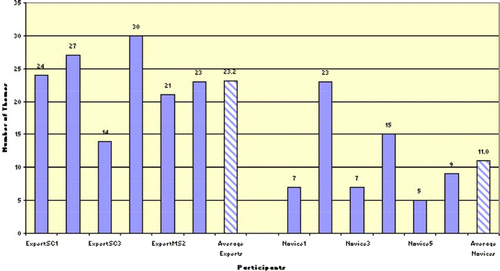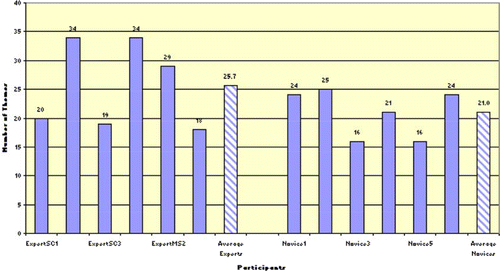Figures & data
Table 1. Research Scenario Dyads.
Table 2. Statistical Technique Triads.
Table 3. The constructs and the rating matrix elicited from Novice 3 by using the names of statistical tests.
Figure 1. Extensiveness of the knowledge used by statistical consultants and mathematical statisticians in research scenario tasks.
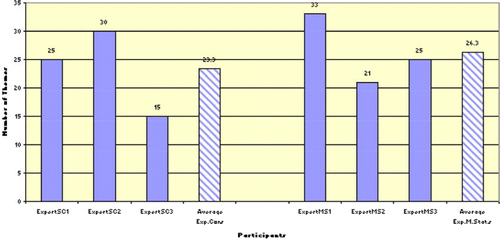
Figure 2. Connectedness of the knowledge used by statistical consultants and mathematical statisticians in research scenario tasks.
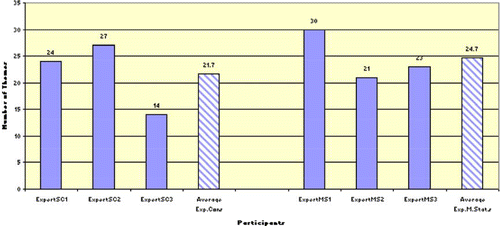
Figure 3. Extensiveness of knowledge used by the two groups of experts in statistical technique tasks.
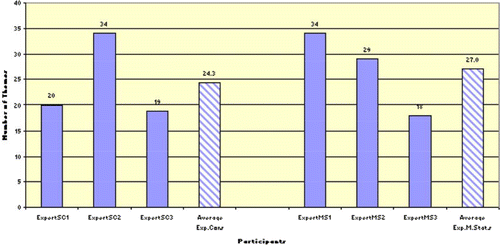
Figure 4. Connectedness of knowledge used by the two groups of experts in statistical technique tasks.

Figure 5. Task-adaptedness of knowledge used by the two groups of experts in research scenario tasks.
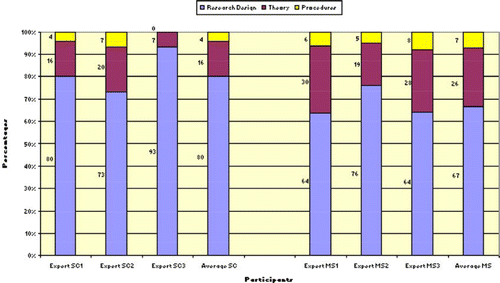
Figure 6. Task-adaptiveness of knowledge used by the two groups of experts in statistical technique tasks.

Table 3. Number of research design, theoretical and procedural themes addressed by a majority in expert and novice groups.
Table 4. Research design themes observed in the elicited constructs and the number of subjects who addressed the themes.
Table 5. Themes observed in the constructs related to theoretical aspects and the number of subjects who addressed the themes.
Table 6. Procedural themes addressed in the constructs of subjects and the number of subjects who addressed the themes.
Table 7. Non-technical themes observed in the constructs of subjects and the number of subjects who addressed the themes.
